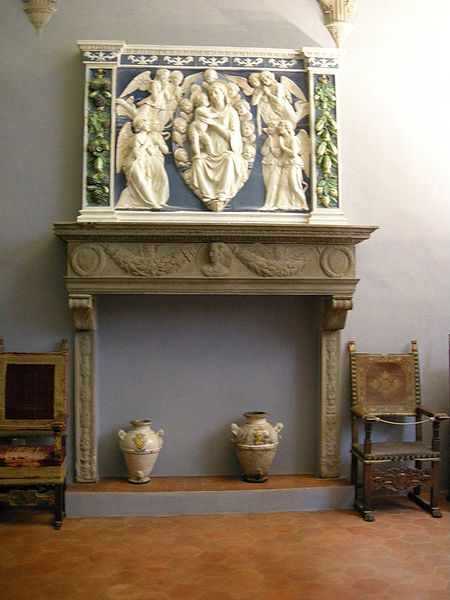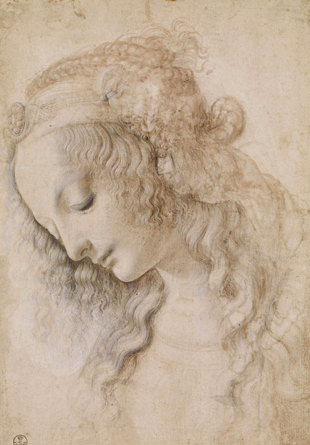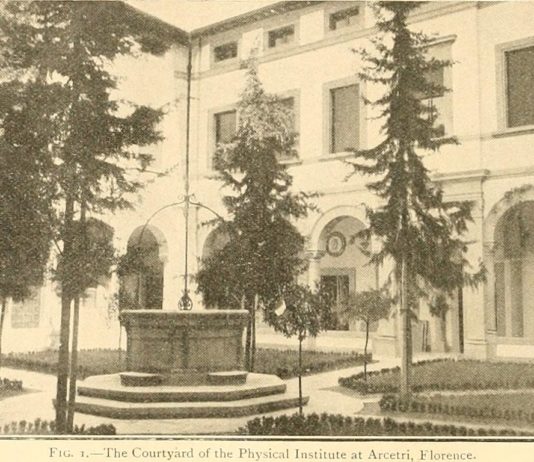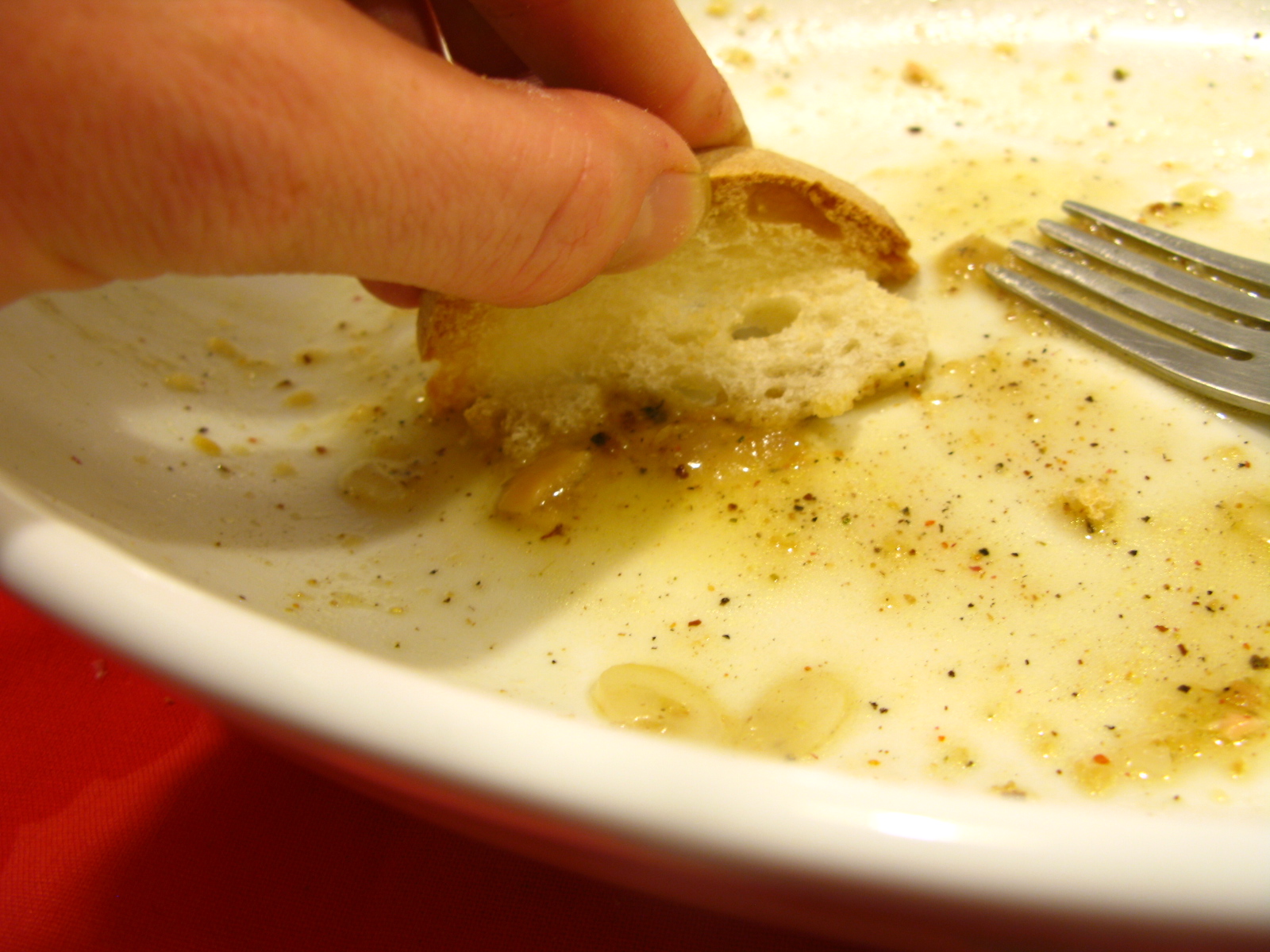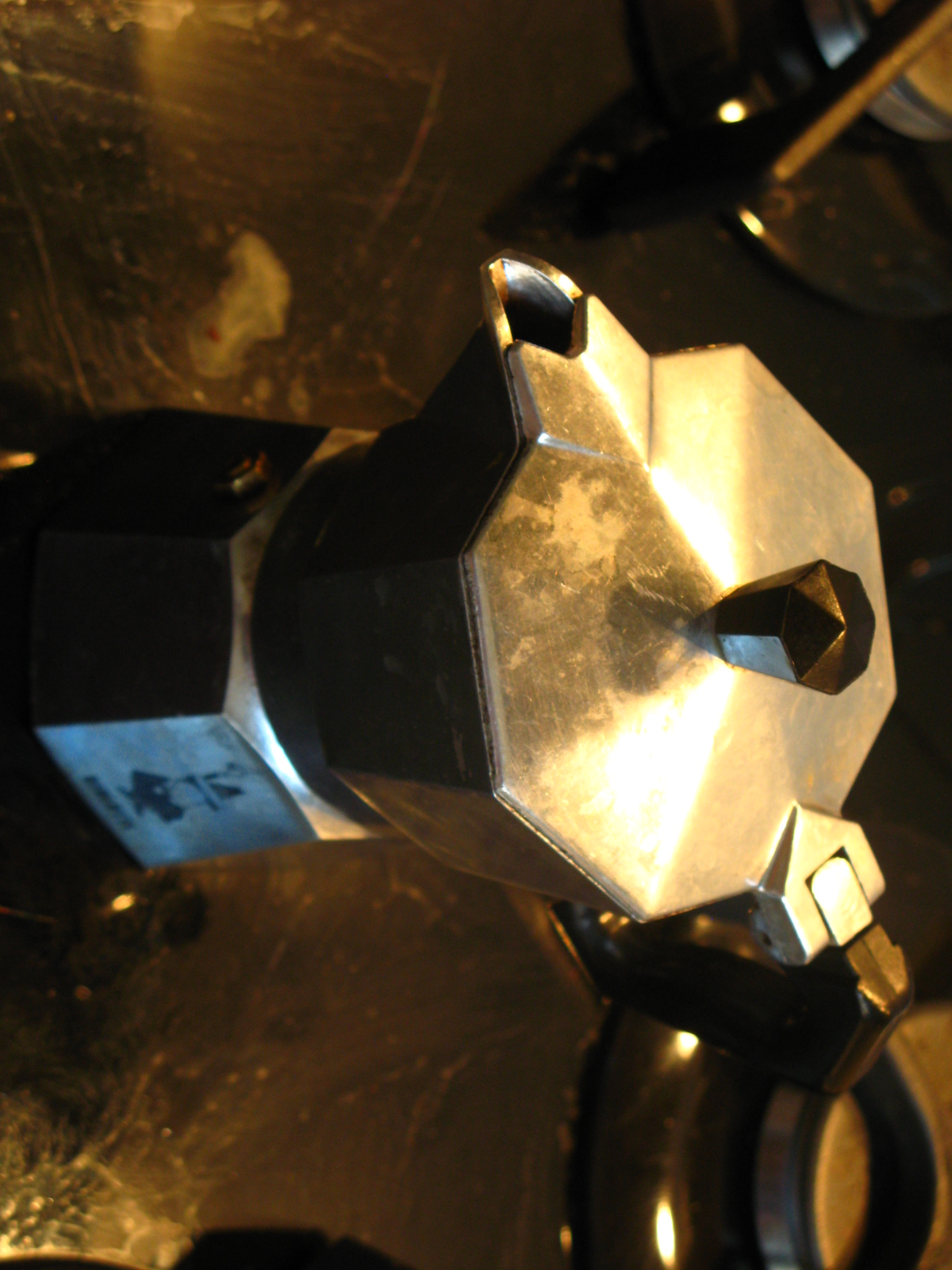With 660 places and 150 places open to the public symbol of the Italian Risorgimento, the "Giornate Fai di Primavera" is presented as a unique event of its kind.Saturday 26 and Sunday 27 will be opened in Florence:Collezione Arnaldo Corsi – Museo Stefano Bardini Via dei Renai, 37Sabato 26 e Domenica 27, ore 11.00 – 16.30Fondazione Spadolini Nuova Antologia: Casa di Giovanni Spadolini Via Pian dei Giullari, 139Sabato 26, ore 13.30 – 16.30; Domenica 27, ore 10.30 – 16.30Castello Sonnino - Via Volterrana nord 6/A; (Montespertoli)Domenica 27, ore 10.00 – 17.00Il Molino dei Conti Galli Tassi e la Pieve di San Vincenzo a Torri: storie di nobili, mugnai e decime Granducali (Luogo del Cuore)Domenica 27, ore 10.30 – 16.30
“Figure, memorie, spazio. Disegni da Fra’ Angelico a Leonardo” – Uffizi Gallery – 8th march/12th june 2011
studentsVille Staff It opens tomorrow at the Uffizi Gallery, the exhibition "Figures, memory and storage space. Drawings by Fra 'Angelico Leonardo" in collaboration with the British Museum. One hundred drawings that span the decades from the beginning of the fifteenth and early sixteenth century in terms of design, established as artistic expression with its own autonomy, at a time so important for the definition of the pillars of modern art and culture. The authors represent the fields and from central Florence, interaction between the presence of Lorenzo Monaco, Fra Angelico, Filippo and Filippino Lippi, the Pollaiuolo, Verrocchio, Botticelli, Perugino, Ghirlandaio to finally arrive at Leonardo, Raphael and Michelangelo, but important study is dedicated to areas of northern Italy with Pisanello, Friend Aspertini, the Ferrara, Jacopo and Gentile Bellini, Mantegna, and "Titian "
For a great number of Florentines the familiar small, walled oval hill on piazzale Donatello is little more than a roundabout. Granted, it is a rather mysterious roundabout, higher than most, revealing peaks of elegant cypresses and glimpses of marble tombstones, but undoubtedly a landmark en passant for the modern motorist speeding along the wide viale from piazza Libertà down towards the Arno.
Villa il Gioiello ("The Jewel") is a villa in Florence, central Italy, famous for being one of the residences of Galileo Galilei, which he lived in from 1631 until his death in 1642. It is also known as Villa Galileo (not to be confused with the other homes of Galileo found in Florence, which are in Costa San Giorgio, as well as a villa in Bellosguardo).The name Gioiello was given due to its favorable position in the hills of Arcetri, near the Torre del Gallo. It was an elegant home, surrounded by many acres of farmland with a separate house for workers. It is recorded in the cadastre of 1427 to have been owned by Tommaso di Cristofano Masi and his brothers, who later passed it on to the Calderini family in 1525, where it is first mentioned as "The Jewel". The villa and its estate suffered damages during the siege of Florence in the years 1529 and 1530, whilst the entire area of Arcetri and Pian dei Giullari were occupied by Imperial troops. Calderini I sold it shortly thereafter to the Cavalcanti family, who rebuilt the home with its original simple lines, preserving its elegant look to the present day.
Arcetri is a district of Florence, in the hills to the south of the city centre.A number of historic buildings are situated there, including the house of the famous scientist Galileo Galilei (called Villa il Gioiello), the Convent of San Matteo and the Torre del Gallo. The Osservatorio Astrofisico di Arcetri is also located here. The church of San Leonardo in Arcetri is the main church of the area.
MiBAC open, for free, for ten days, all places state of the art: monuments, museums, archaeological sites, archives, libraries with large popular events throughout the country.
A huge explosion will be detonated Easter Sunday in front of the magnificent green– and white–marbled neogothic church in Florence’s historic center. Instead of running in fear from a terrorist’s bomb, though, thousands of spectators will cheer the noise and smoke, for they will be witnesses to the annual Scoppio del Carro—explosion of the cart.For over 300 years the Easter celebration in Florence has included this ritual, during which an elaborate wagon, a structure built in 1679 and standing two to three stories high, is dragged through Florence behind a fleet of white oxen decorated in garlands.
Piazzale Michelangelo is a famous square with a magnificent panoramic view of Florence, Italy and is a popular tourist destination in the Oltrarno district of the city. The view from this most famous observation point of the city landscape has been reproduced in countless postcards and snapshots over the years.
Florence is renown for its top quality craftrnanship, handed down through centuries of tradition, and for its elegance and good taste in creation.Typical are Florentine straw products, original articles of clothing and furnishings as well as the finest leather, known for its exquisitely refined workmanship; ceramics and glassware; wood and metal crafts, furniture and bric-a brae, in other words, a host of Florentine artisan crafts are available at convenient prices to suit all tastes and all ages. Tailoring and fashion in Florence have a particular graceful look that is totally unique, especially intimate apparel and embroideries.Much sought after - in the city that devotes Christmas to Benvenuto Cellini - are the siIver and goldsmiths, jewelers, filigree, mosaics and precious stones.
With Dante, the Italian language originated in Florence and was affirmed by Petrarch and Boccaccio in their literary studies. [Vohabolario ( italian to florentine)]With Humanism, a new philosophy came to evaluate Classical culture. Modern political science began with Machiavelli and historical prose with Guicciardini, and modern science developed with Galileo and his experimental school. Since the time of Charlemagne, Florence has been a University seat which today has about ten specialized institutes and a cultural centre for foreigners.


